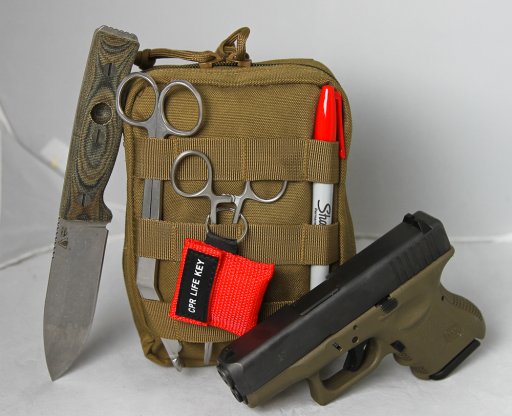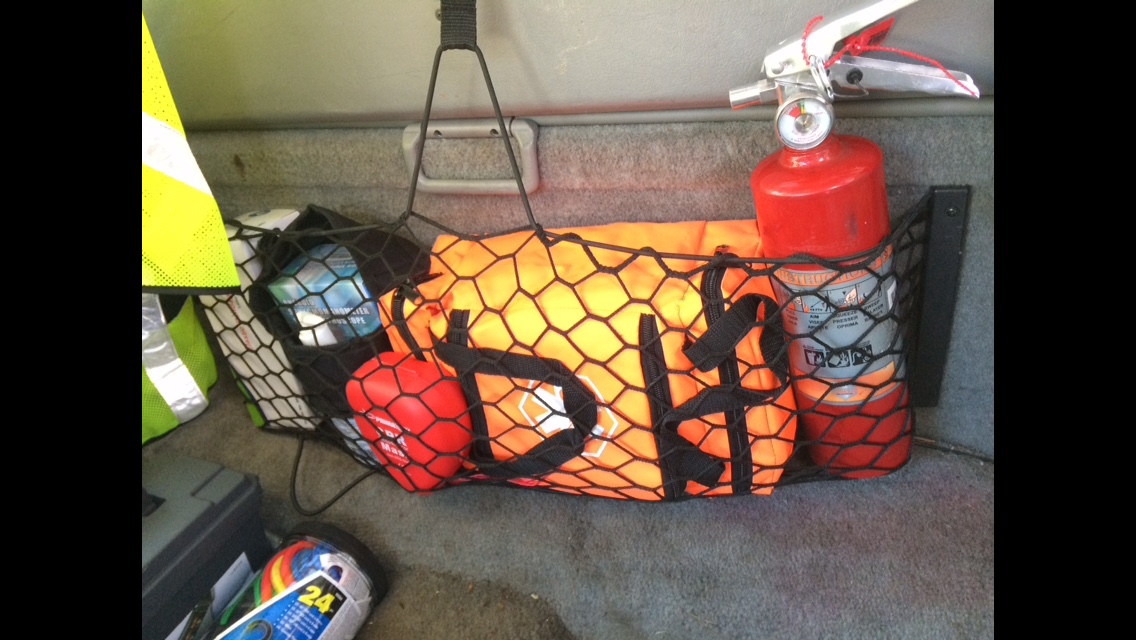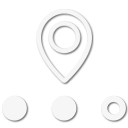We all love to get out in the Great Beyond and have fun, but occasionally nature conspires against us and things can go awry. When you are hundreds of miles from the nearest hospital or urgent care center (or only 2 miles, but it's rough terrain), do you have the skills and equipment to ensure a bad day doesn't end in tragedy?
I'll break this thread down into FOUR major topics.
1) FIRST AID SUPPLIES
It should go without saying that every car should have a basic first aid kit stored somewhere that is easily accessible. But the further "out there" you like to go, the more you should really evaluate what kind of medical supplies you want or need to have.
Basic Kit
This is essentially your boo-boo kit. Minor cuts and scrapes.
Intermediate Kit
These supplies are for treating major, but not life-threatening injuries. Trips and falls, slipping with a can opener, axe swing misses and hits your shin, etc
These are for grave injuries that require immediate and skilled attention. You should not try to utilize these supplies or methods without proper training!
I'll break this thread down into FOUR major topics.
- FIRST AID SUPPLIES (what to take and how to use it)
- EMERGENCY TRAUMA CARE (for when a band-aid and some Motrin won't cut it)
- IMPROVISED MEDICAL CARE (things you can get away with if you have to)
- PLANNING AHEAD (certifications, classes, special considerations)
1) FIRST AID SUPPLIES
It should go without saying that every car should have a basic first aid kit stored somewhere that is easily accessible. But the further "out there" you like to go, the more you should really evaluate what kind of medical supplies you want or need to have.
Basic Kit
This is essentially your boo-boo kit. Minor cuts and scrapes.
- Assorted self-adhesive bandages
- Butterfly bandages
- ACE wraps (compression wrap)
- Iodine
- Alcohol prep pads
- Tweezers
- Ibuprofen or other NSAID (Non-Steroidal Anti-Inflammatory)
- Neosporin (or similar ointment)
- Burn Cream
- Cortizone (or similar anti-itch)
- Sewing needles (NOT for sutures!!! We will get to that)
- Mylar emergency blanket
Intermediate Kit
These supplies are for treating major, but not life-threatening injuries. Trips and falls, slipping with a can opener, axe swing misses and hits your shin, etc
- Hemostatic agent (gauze, sponges, and granules/powder are all available)
- QuickClot is one of the most common brands, and can be found at most sporting goods stores
- Large gauze, wraps, and tape (to control major bleeding in conjunction with hemostatics)
- Splints
- Flexible metal style for fingers
- Inflatable or rigid splints for arms & legs
- These can take up a lot of space, and can be jury-rigged with other items. Most people don't even bother.
- Sterile gloves (latex or non-latex, depending on allergies)
- Hand sanitizer
- Use BEFORE tending to open wounds
- Use AFTER coming into contact with any bodily fluids
- Sanitize your hands before and after, even if you wear gloves!
- Soft bristle brush (the free toothbrushes from the dentist's office are great)
- Used to gently clean large particles out of a wound (dirt, sand, etc)
- Clean water supply
- You should already have plenty of drinking water
- Do NOT use unfiltered water to flush out (irrigate) a wound. This can lead to serious bacterial and parasitic infections.
- CPR mask
- There are several different types, the collapsible or semi-rigid ones provide the best seal and the most protection
- Scissors
- Any quality scissors will do, but EMT shears from a reputable manufacturer are the best option
- EMT shears are specifically designed to quickly cut through clothing without accidentally stabbing the patient
- The good ones can cut a penny in half and still be sharp enough to cut bandages and clothing
These are for grave injuries that require immediate and skilled attention. You should not try to utilize these supplies or methods without proper training!
- Suture set
- Assorted Hemostats (usually a couple straight ones and a curved one will suffice)
- Scalpel handle and replaceable blades
- Silk thread
- Tourniquet
- Thanks to tactical needs, we now have the CAT Tourniquet, which can (with practice) be self-applied in about 30 seconds.
- Ensure that your tourniquet will fit arms and legs, or carry multiple sizes
- IV kit & saline solution
- This can be used to help recover from massive blood loss or to treat severe dehydration
- You can also use a heated or cooled IV to treat hypothermia or heat stroke, respectively
- Supplies for this can be difficult to come by in some places. You may have to get creative, which is fine, as long as the saline and hookup are STERILE!!!












